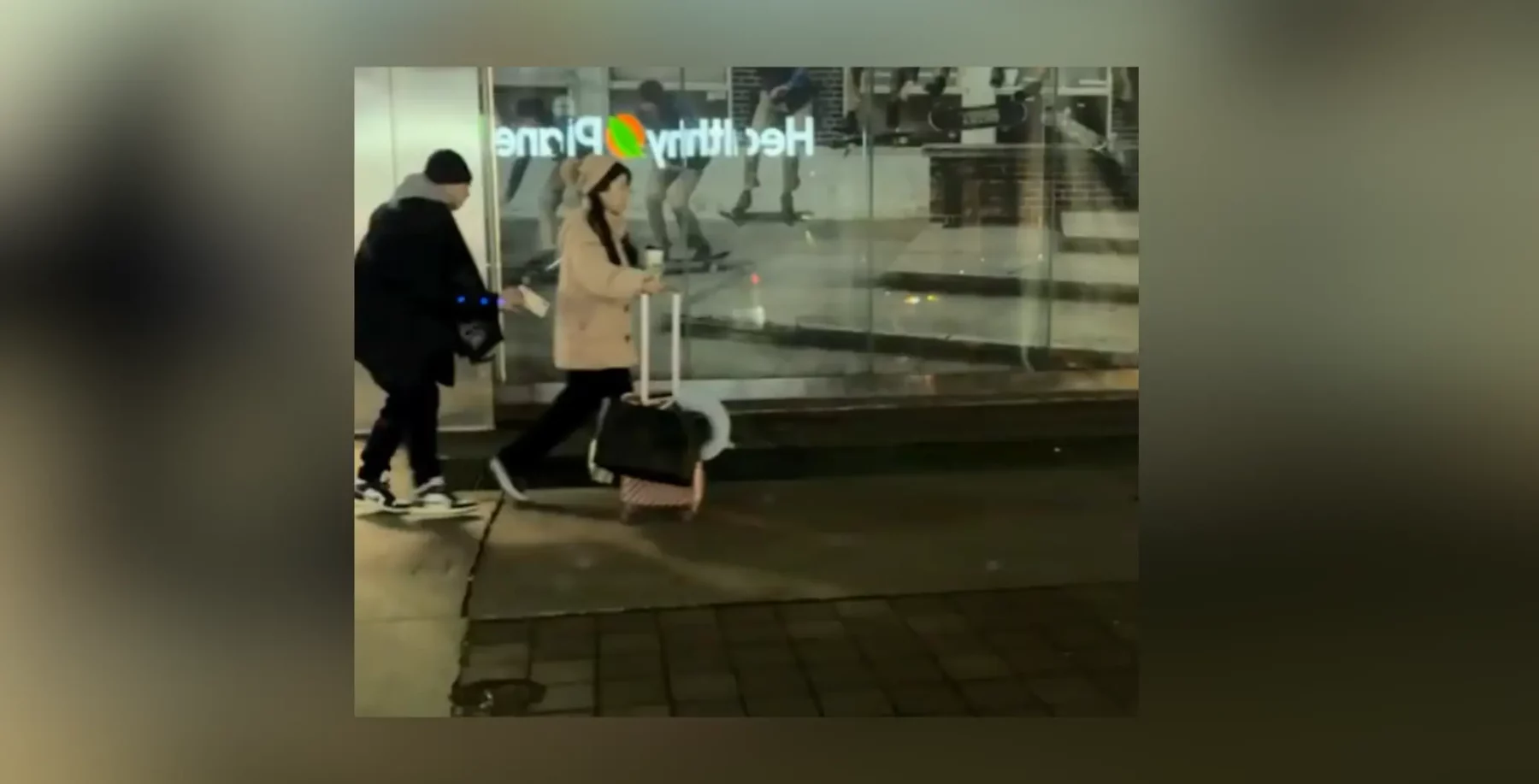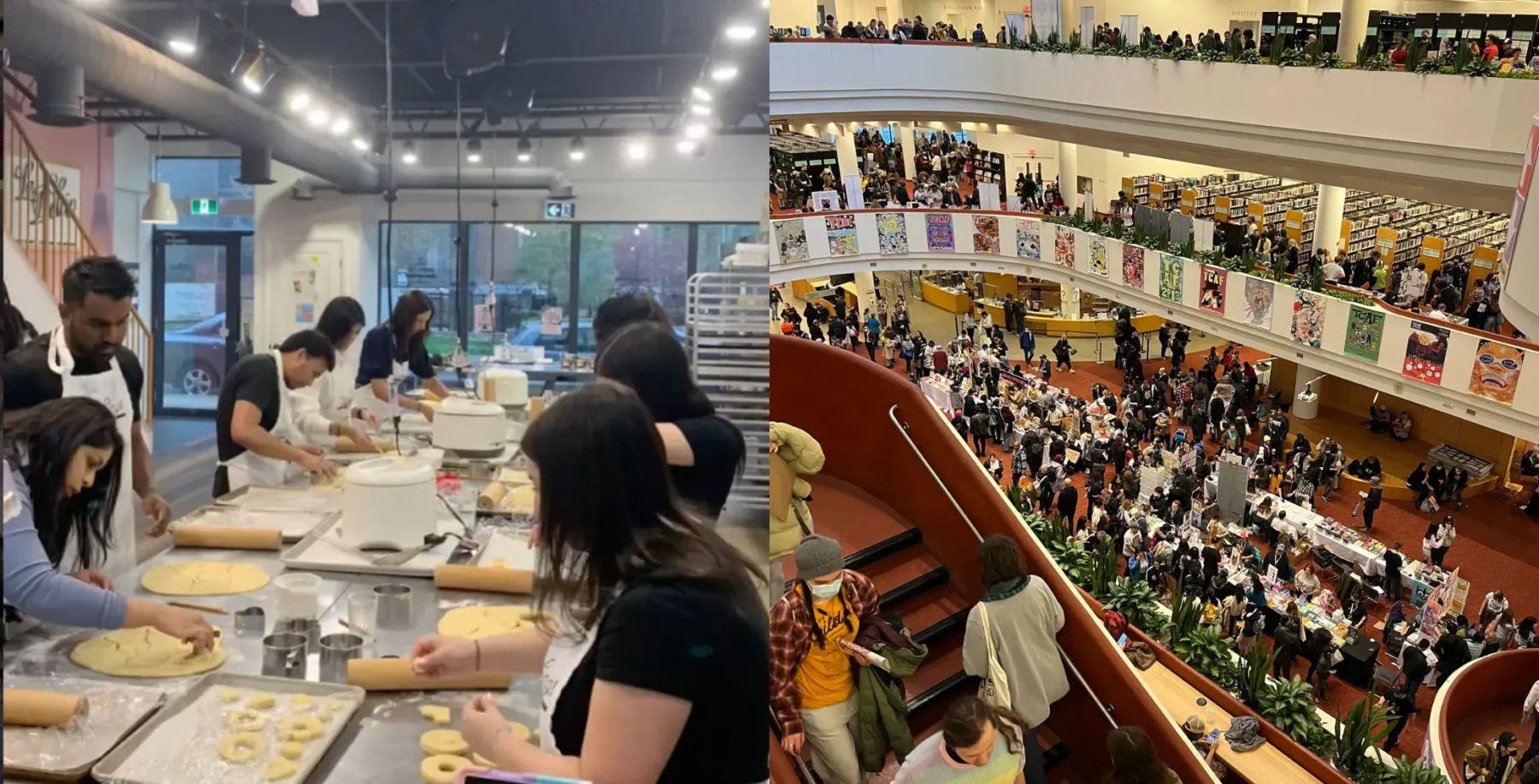
Ontario has laid out a plan to gradually exit step 3 of the reopening plan and lift all COVID-19 restrictions – including mandatory masks – by the end of March 2022.
The process will start on Monday, October 25, when capacity restrictions will lift on many places that require proof-of-vaccination certificates, including restaurants, bars, gyms, casinos, bingo halls, indoor meeting and event spaces, as well as “certain outdoor settings,” the government said in a news release.
Other places that do not currently require proof-of-vaccination restrictions, such as hair salons, zoos and museums, will have capacity limits lifted on the same day if they opt into the vaccine certificate program.
During a press conference at Queen’s Park on Friday, Premier Doug Ford said the plan is designed to give Ontarians “certainty and predictability” throughout the winter months.
“We’re sticking with what works for our province. This is a cautious plan,” he said. “It slowly lifts public health measures over time.”
Ford said public health indicators are going in the right direction, noting that ICU admissions have dropped to 149 province-wide and have remained stable.
Health minister Christine Elliott added that restrictions will continue easing in November, January and February “in the absence of concerning trends in public health and health care” and assuming Ontario’s public health situation is “not deteriorating.”
“The trends in public health and health-care indicators remain stable or improving and the province is currently trending toward the best case scenario projected by the Ontario COVID-19 Science Advisory Table,” Chief Medical Officer of Health Kieran Moore said, adding the weekly COVID-19 case rate is decreasing.
To date, 87.7 per cent of Ontarians who are eligible to receive the COVID-19 vaccine have had one dose and 83.6 per cent have had two doses.
To date, 4.8 million people have downloaded the enhanced vaccine certificates with QR codes, Elliott said.
How Ontario’s plan to lift public health restrictions will unfold
Effective 12:01 am on October 25, restrictions will lift capacity limits and physical distancing requirements on the aforementioned businesses where vaccine certificates are in effect.
Restrictions will also lift on the following businesses if they choose to require proof of vaccination, including:
- Personal care services (e.g., barber shops, salons, body art);
- Indoor areas of museums, galleries, aquariums, zoos, science centres, landmarks, historic sites, botanical gardens and similar attractions;
- Indoor areas of amusement parks;
- Indoor areas of fairs, rural exhibitions, festivals;
- Indoor tour and guide services;
- Boat tours;
- Indoor areas of marinas and boating clubs;
- Indoor clubhouses at outdoor recreational amenities;
- Open house events provided by real estate agencies; and
- Indoor areas of photography studios and services.
This does not apply to places where people receive medical care, grocery stores or places where people buy medical supplies. The government will also allow greater capacity at some organized public events, including Remembrance Day ceremonies and Santa Claus parades.
Businesses and events that are not currently using the proof-of-vaccination program can opt-in by posting signage and disclosing to the public that certificates are needed. Local bylaw and public health inspectors will ensure businesses are in compliance, Moore said.
Additionally, places hosting weddings, funerals or religious services, rites or ceremonies can also implement proof-of-vaccination requirements, the government said.
The second step in the plan begins on November 15 when restrictions will ease on nightclubs and other food-and-drink businesses with dancefloors, plus bathhouses, sex clubs and strip clubs.
If public health trends continue moving in the right direction over the holiday months and after students return to in-class learning in the new year, the government will begin lifting restrictions in settings where proof-of-vaccination is not required on January 17.
Proof-of-vaccination requirements may also gradually lift at this time, including for restaurants, bars, facilities used for sports, recreational facilities, casinos, bingo halls and other gaming establishments.
On February 7, Ontario plans to lift proof-of-vaccination requirements in high-risk settings such as night clubs, strip clubs, bathhouses and sex clubs.
The province is aiming to lift all remaining restrictions by March 28, including mandatory indoor masking policies.
However, targeted restrictions may continue in specific settings, the government said.
“By March we hope we’ve maximized our immunization strategy in Ontario,” Moore said. “We’ll have our third-dose strategies completed. Our immunization strategy for children from five to 11 will have been completed and we’ll have a very good point to be able to look at the data to review a safe reopening in Ontario. And then we’ll have to learn to live with this virus.”
Ontario reported 492 new COVID-19 cases on Friday morning and 12 more deaths. The seven-day average for new infections is now 406, the same as yesterday. Of today’s cases, 248 were unvaccinated, 21 have had one dose, 167 were fully vaccinated and 56 had an unknown vaccination status.
The total number of confirmed active cases of the virus in Ontario is 3,421.












